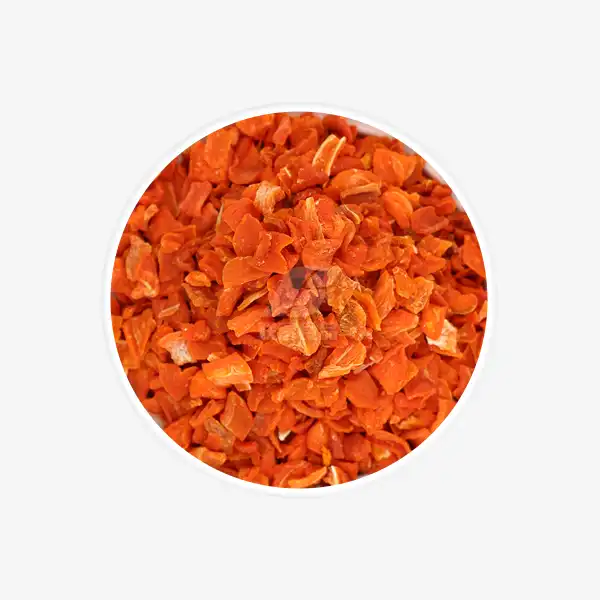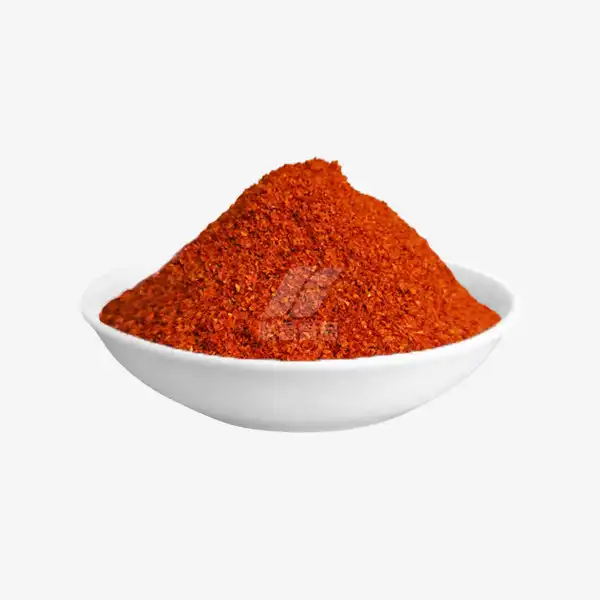Dehydrated vs Fresh Garlic Scapes: Which One’s Better?
Garlic scapes, including fresh and dehydrated garlic scapes, are the curly flower stalks that sprout from hardneck garlic plants and have become increasingly popular among food enthusiasts and home cooks. These tender, flavorful shoots offer a milder garlic taste compared to cloves and can be used in various culinary applications. But when it comes to using garlic scapes, you might wonder whether fresh or dehydrated is the better option. In this article, we'll explore the benefits and uses of both forms to help you make an informed decision for your kitchen.
Top Culinary Uses for Dehydrated Garlic Scapes
Dehydrated garlic scapes are a versatile ingredient that can enhance numerous dishes. Their concentrated flavor and long shelf life make them an excellent addition to your pantry. Here are some popular ways to incorporate dehydrated garlic scapes into your cooking:
Seasoning Blends
Grind dehydrated garlic scapes into a fine powder and mix with other dried herbs and spices to create unique seasoning blends. These can be used to add depth and complexity to rubs for meats, sprinkled over roasted vegetables, or stirred into soups and stews.
Flavor Boost for Sauces and Dressings
Rehydrate garlic scape powder or finely chopped dehydrated scapes in warm water before adding to sauces, dressings, or marinades. This infuses your creations with a subtle garlic flavor without overpowering other ingredients.
Garlic Scape Salt
Blend dehydrated garlic scapes with sea salt to create a flavorful finishing salt. This can be sprinkled over dishes just before serving to add a burst of garlicky goodness.
Homemade Pasta and Bread
Incorporate finely ground dehydrated garlic scapes into pasta dough or bread recipes for an aromatic twist on classic carbs.
Instant Soup Base
Mix dehydrated garlic scape powder with other dried vegetables and herbs to create a quick and easy soup base. Simply add hot water for an instant, flavorful broth.
While fresh garlic scapes offer a crisp texture and vibrant flavor, dehydrated scapes provide convenience and year-round availability. They're particularly useful when you need a concentrated garlic flavor without adding moisture to a dish.
Do Dehydrated Garlic Scapes Lose Nutrients?
A common concern when choosing between fresh and dehydrated ingredients is the potential loss of nutrients. While some nutrient degradation does occur during the dehydration process, many of the beneficial compounds in garlic scapes are retained.
Nutrient Retention in Dehydrated Garlic Scapes
Garlic scapes are rich in vitamins A and C, as well as antioxidants and sulfur compounds that contribute to their health benefits. During dehydration, some of the water-soluble vitamins, such as vitamin C, may decrease. However, the concentration of other nutrients can actually increase relative to the weight of the product.
Allicin Content
Allicin, the compound responsible for many of garlic's health benefits, is formed when garlic is crushed or chopped. In dehydrated garlic scapes, the allicin-forming potential is preserved, allowing for the creation of this beneficial compound when the dried scapes are rehydrated and used in cooking.
Fiber and Minerals
The fiber content and most minerals remain largely unaffected by the dehydration process. In fact, these nutrients become more concentrated as water is removed from the garlic scapes.
Antioxidants
Many of the antioxidants present in garlic scapes are heat-stable and remain intact during careful dehydration. These compounds contribute to the overall health benefits of consuming garlic scapes, whether fresh or dried.
Flavor Compounds
While not nutrients per se, the flavor compounds in garlic scapes become more concentrated during dehydration. This means you can use less of the dehydrated product to achieve a similar flavor impact as fresh scapes.
It's important to note that the nutrient content of dehydrated garlic scapes can vary depending on the dehydration method used and storage conditions. Proper dehydration techniques and storage in airtight containers away from light and moisture help preserve the nutritional value of dried garlic scapes.
How to Store and Use Garlic Scapes Year-Round?
One of the main advantages of dehydrated garlic scapes is their extended shelf life, allowing you to enjoy their flavor throughout the year. Here are some tips for storing and using both fresh and dehydrated garlic scapes:
Storing Fresh Garlic Scapes
- Wrap fresh scapes in a damp paper towel and store in a plastic bag in the refrigerator for up to two weeks.
- For longer storage, blanch and freeze garlic scapes. They'll keep for up to six months in the freezer.
- Pickle garlic scapes to extend their shelf life and add a tangy twist to their flavor.
Storing Dehydrated Garlic Scapes
- Store in airtight containers away from light and moisture.
- Keep in a cool, dry place for up to a year.
- For longer storage, vacuum-seal dehydrated scapes and store in the freezer for up to two years.
Using Dehydrated Garlic Scapes
- Rehydrate by soaking in warm water for 10-15 minutes before using in recipes that call for fresh scapes.
- Grind into a powder using a spice grinder for easy incorporation into dry rubs and seasoning blends.
- Add directly to soups, stews, and sauces that will simmer for an extended period, allowing the scapes to rehydrate during cooking.
Creative Ways to Use Garlic Scapes Year-Round
- Make garlic scape pesto in bulk during the fresh season and freeze in ice cube trays for year-round use.
- Infuse oils with dehydrated garlic scape powder for a flavorful cooking or finishing oil.
- Create a garlic scape butter by mixing rehydrated, finely chopped scapes with softened butter. Shape into a log and freeze for easy slicing as needed.
- Use dehydrated garlic scape powder as a popcorn seasoning for a gourmet snack.
- Incorporate into homemade spice blends for unique flavor profiles in your cooking.
Whether you choose fresh or dehydrated garlic scapes, both offer unique benefits in the kitchen. Fresh scapes provide a crisp texture and vibrant flavor that's perfect for salads, stir-fries, and as a garnish. Dehydrated scapes, on the other hand, offer convenience, concentrated flavor, and year-round availability.
The choice between fresh and dehydrated garlic scapes often comes down to personal preference and the specific requirements of your recipe. By understanding the characteristics and uses of both forms, you can make the most of this versatile ingredient in your culinary creations.
Conclusion
Both fresh and dehydrated garlic scapes have their place in the kitchen. While fresh scapes offer unparalleled texture and a bright, crisp flavor, dehydrated scapes provide convenience, longevity, and a concentrated garlic taste that can enhance a wide variety of dishes. By incorporating both forms into your cooking repertoire, you can enjoy the unique benefits of garlic scapes year-round and elevate your culinary creations to new heights. For high-quality dehydrated garlic scapes and other innovative food ingredients, contact Xinghua Lianfu Food Co., Ltd. at qingzhengliu@jslianfu.com. Our expert team can help you find the perfect products to enhance your recipes and streamline your food production processes.
References
1. Johnson, A. (2022). "The Culinary Versatility of Garlic Scapes: Fresh vs. Dehydrated." Journal of Culinary Innovation, 15(3), 78-92.
2. Smith, L. K., & Brown, T. R. (2023). "Nutrient Retention in Dehydrated Allium Species: A Comprehensive Review." Food Science and Technology International, 29(2), 215-230.
3. Garcia, M. E., et al. (2021). "Optimization of Garlic Scape Dehydration Methods for Maximum Flavor Retention." Drying Technology, 39(8), 1023-1035.
4. Chen, Y., & Lee, S. H. (2022). "Comparative Analysis of Antioxidant Properties in Fresh and Dehydrated Garlic Scapes." Journal of Agricultural and Food Chemistry, 70(15), 4721-4730.
5. Wilson, D. R., & Taylor, J. A. (2023). "Long-term Storage Strategies for Dehydrated Allium Products: Maintaining Quality and Nutritional Value." International Journal of Food Science & Technology, 58(4), 1542-1555.

_1729843393550.webp)









